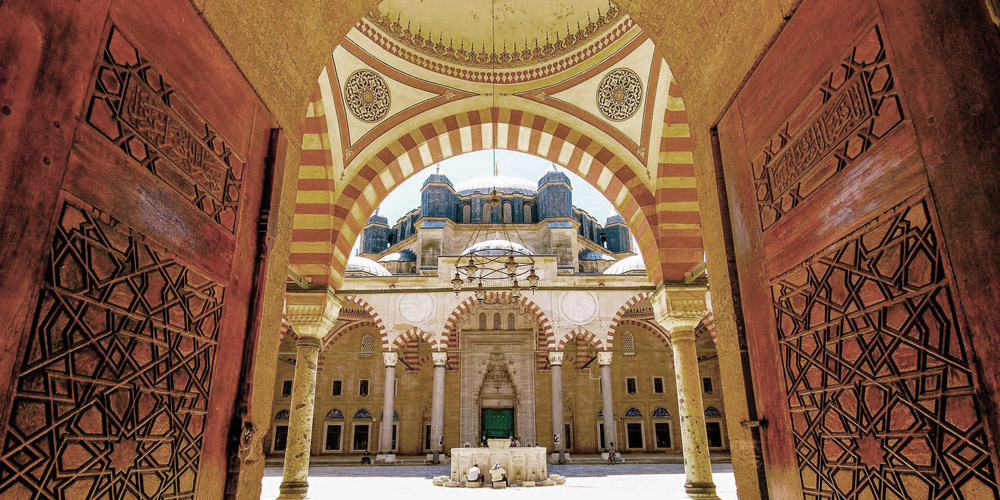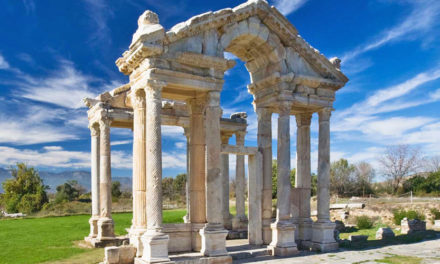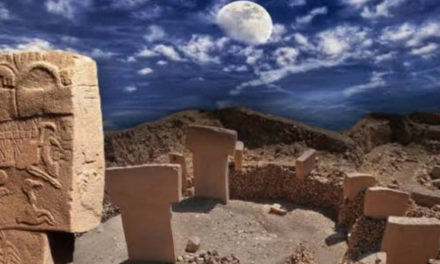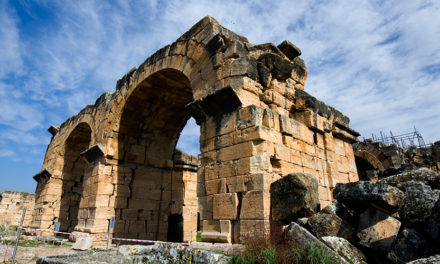The square Mosque with its single great dome and four slender minarets, dominates the skyline of the former Ottoman capital of Edirne. Sinan, the most famous of Ottoman architects in the 16th century, considered the complex, which includes madrasas (Islamic schools), a covered market, clock house, outer courtyard and library, to be his best work. The interior decoration using Iznik tiles from the peak period of their production testifies to an art form that remains unsurpassed in this material. The complex is considered to be the most harmonious expression ever achieved of the Ottoman külliye, a group of buildings constructed around a mosque and managed as a single institution.
Outstanding Universal Value
Brief synthesis
Dominating the skyline of Edirne, former capital of the Ottoman Empire, the Selimiye Mosque Complex commissioned by Selim II is the ultimate architectural expression by the architect Sinan of the Ottoman külliye. The imposing mosque stepping up to its single great dome with four soaring slender minarets, spectacular decorated interior space, manuscript library, meticulous craftsmanship, brilliant Iznik tiles and marble courtyard together with its associated educational institutions, outer courtyard and covered bazaar, represent the apogee of an art form and the pious benefaction of 16th century imperial Islam. The architectural composition of the Selimiye Mosque Complex in its dominant location represents the culmination of the great body of work by Sinan, the most outstanding architect of the Ottoman Empire.
Criterion (i): The Selimiye Mosque Complex at Edirne is a masterpiece of the human creative genius of the architect Sinan, the most famous of all Ottoman architects in the 16th century. The single great dome supported by eight pillars has a diameter of 31.5 over a prayer space of 45mx36m, and with its four soaring minarets it dominates the city skyline. The innovative structural design allowed numerous windows creating an extraordinary illuminated interior. The mosque complex was recognised by Sinan himself as his most important architectural work.
Criterion (iv): The Selimiye Mosque with its cupola, spatial concept, architectural and technological ensemble and location crowning the cityscape illustrates a significant stage in human history, the apogee of the Ottoman Empire. The interior decoration using Iznik tiles from the peak period of their production testifies to a great art form never to be excelled in this material. The mosque with its charitable dependencies represents the most harmonious expression ever achieved of the külliye, this most peculiarl Ottoman type of complex.
Integrity
The Selimiye Mosque Complex includes all the attributes of its Outstanding Universal Value within the property boundary, is well-maintained and does not suffer from adverse effects of development. In view of the importance of the dominant setting of the property and its landmark status, it is extremely important that all view corridors continue to be protected.
Authenticity
The Mosque Complex retains its authenticity in terms of form and design, materials and substance. The Mosque and Arasta retain their authenticity in terms of use and function, spirit and feeling. The madrasas have been slightly modified to serve appropriate new uses as museums.





